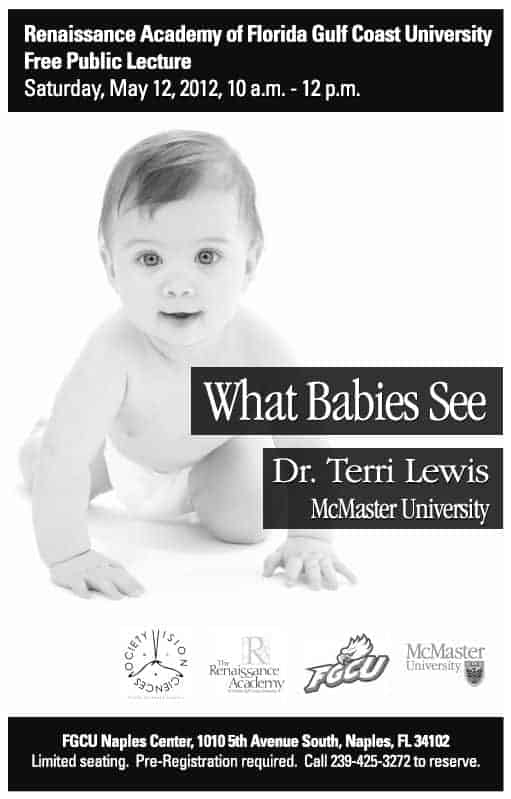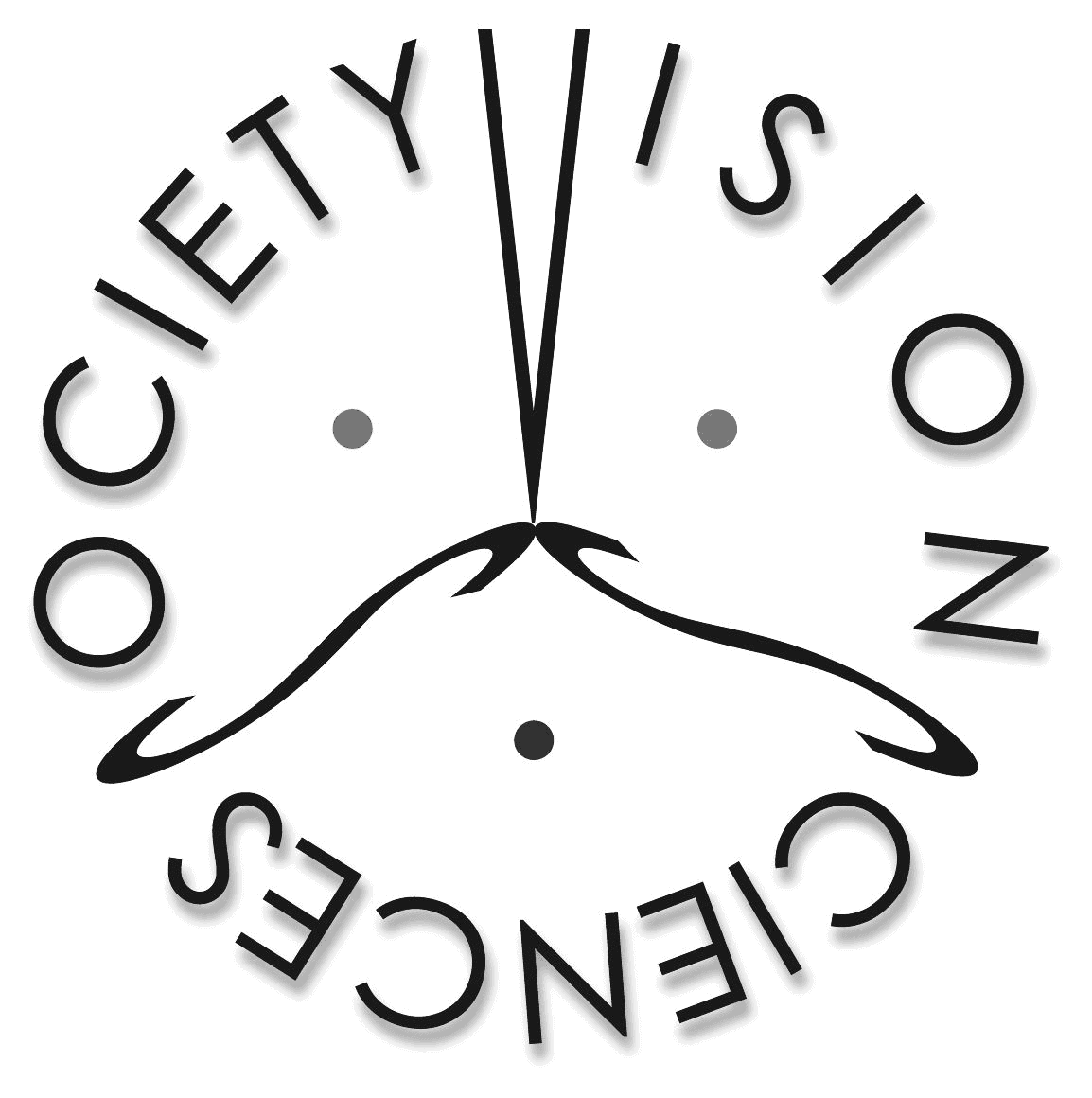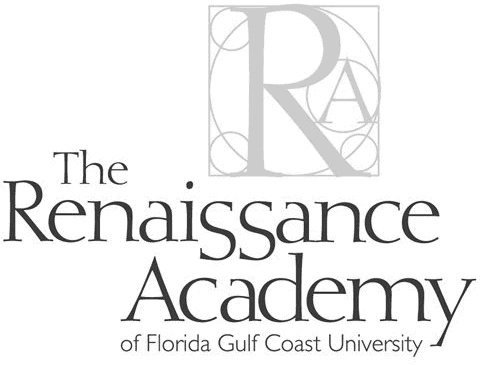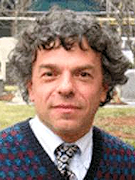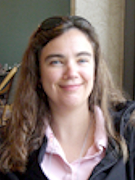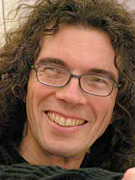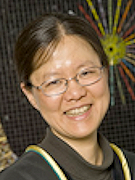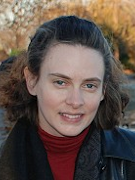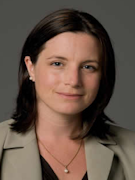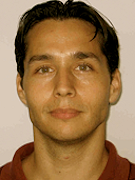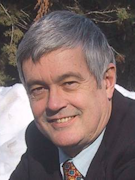Monday, May 14, 2012, 7:00 – 10:00 pm
Buffet Dinner: 7:00 – 9:00 pm, Vista Ballroom, Sunset & Vista Decks, and Mangrove Pool
Demos: 7:30 – 10:00 pm, Royal Palm 4-5, Acacia Meeting Rooms, Cypress
Please join us Monday evening for the 10th Annual VSS Demo Night, a spectacular night of imaginative demos solicited from VSS members. The demos highlight the important role of visual displays in vision research and education. This year, Gideon Caplovitz, Arthur Shapiro, Dejan Todorovic, and Maryam Vaziri Pashkam are co-curators for Demo Night.
Exciting News: Two prizes will be given to the best demos, sponsored by the journal Perception. Please don’t forget to find Pete Thompson, Tim Meese, or Amye Kenall for a ballot and vote.
A buffet dinner is served in the Vista Ballroom and on the Sunset Deck and Mangrove Pool area. Demos are located upstairs on the ballroom level in the Royal Palm 4-5 and Acacia Meeting Rooms.
Some exhibitors have also prepared special demos for Demo Night.
Demo Night is free for all registered VSS attendees. Meal tickets are not required, but you must wear your VSS badge for entry to the Dinner Buffet. Guests and family members of all ages are welcome to attend the demos but must purchase a ticket for dinner. You can register your guests at any time during the meeting at the VSS Registration Desk, located in the Royal Palm Foyer. A desk will also be set up at the entrance to the dinner in the Vista Ballroom at 6:30 pm.
Guest prices: Adults: $25, Youth (6-12 years old): $10, Children under 6: free
The Looking Glass Motion Effect
Kenneth Brecher, Boston University
A new subjective motion effect utilizing recently designed fully vectorized color images will be displayed. This effect is based on one of 9 screen prints originally created in 1966 by British artist Peter Sedgley that he called the ‘’Looking Glass Suite”.
The phantom spokes illusion
Jeffrey Mulligan, NASA Ames Research Center
When a regular array of small bright dots is rotated in the image plane, dark ephemeral spoke-like bands are seen, radiating from the instantaneous center of rotation. The effect is easily observed with a common plastic diffusing sheet for florescent lighting.
Spin the wheel and lose the spatial relationships.
Alex Holcombe, University of Sydney
With arrays of colored discs moving together, at very slow speeds it is easy to see which are adjacent. Up the speed to discover that at which you no longer can perceive the spatial relationship among the discs. Is this speed the same as your attentional tracking speed limit?
The Money Business Illusion
Anthony S. Barnhart, Arizona State University
The Money Business Illusion demonstrates how time-tested techniques employed in stage entertainment can be infused with standard psychophysical tasks from the laboratory to create ecologically valid stimuli for empirical research.
The Spinning Chair of Motion Perception
Kyle Gagnon, Michael Geuss, Jonathan Butner, Tom Malloy, Jeanine Stefanucci, University of Utah
We present a visual display of a flow of black and white dots. The dots appear to flow like a wave in one direction. After spinning in a chair in order to alter natural eye movements, we show that the dots appear to flow in the opposite direction. We suggest that spinning in the chair changes the natural frequency of eye movements, changing the coupling ratio between the eye movements and the retinal image, ultimately changing the direction and rate of perceived motion.
The Anorthoscope and Kinetic Anamorphosis
Patrick Mor, Gideon Paul Caplovitz, University of Nevada, Reno
Here we bring to life this classic apparatus and perceptual effect developed by Joseph Plateau in the 1830s.
Continuous Transilience Induced Blindness
Seiichiro Naito, Makoto Katsumura & Ryo Shohara, Human and Information Science, Tokai University
We demonstrate the Continuous Transilience Induced Blindness, an enhanced variant of Motion-Induced Blindness (MIB).
Efficiency of motion perception from dynamic stereo cues
Anshul Jain, Qasim Zaidi, Graduate Center for Vision Research, SUNY College of Optometry
Observers will be able to measure how efficient they are (compared to an optimal observer) at discriminating global rotation direction of a deforming disparity-defined 3D shape when the local motions are entirely in depth (orthogonal to rotation), plus when local motions are in the direction opposite to global shape rotation.
Beuchet Chair
Peter Thompson, Rob Stone, University of York
Make your friends look small – just sit them on the Beuchet chair. The demonstration is akin to the Ames room but much more compact. And our version is portable and ideal for classroom demonstrations.
Eyeglass Reversal
Songjoo Oh, Department of Psychology, Seoul National University
People are familiar with stimuli such as the Necker Cube that lead to perceptual reversals. Unfortunately, constructing physical versions of such stimuli can be challenging. I will show that one’s own eyeglasses are a very convenient object for experiencing perceptual reversals. In this demonstration, a pair of regular eyeglasses that are viewed inwardly are perceived as placed outwardly. Please bring your own eyeglasses and enjoy the fun!
The Magic Wand Illusion
Christopher Tyler, Smith-Kettlewell
The dynamic wand effect is the revelation of an image that is the same color as its background through wiping an object underneath it. It is a strictly dynamic illusion that requires the integration of the revealed contours over time in order to resolve the integrated image structure.
A display blank triggers a reversal of KDE
Masahiro Ishii, Sapporo City University
When a set of randomly positioned dots moves on a screen with motion paths that are projections of rigid 3D motion, we perceive an impression of depth. The object appears to reverse in depth at odd intervals, regardless of the consciousness. We demonstrate that a presentation blank triggers a reversal.
Key object feature dimensions modulate texture filling-in
Chao Chaang Mao, National Yang-Ming University, Institute of Neuroscience and Brain Research Center, Taipei, Taiwan
In this demo, we show that filling-in is faster when the background and target textures share the same key dimension features (‘same’ condition), versus when they have opposing features (‘different’).
‘Pub Vision’
Peter Thompson, Rob Stone, University of York
Simple hands-on demonstrations that you can do in the pub.
Stereopsis with one eye and a pencil
Dhanraj Vishwanath, University of St. Andrews
The impression of stereopsis is generated by viewing a photograph with one eye while fixating a pencil tip.
Controlling material appearance with spatial frequency manipulations
Martin Giesel, Qasim Zaidi, Graduate Center for Vision Research, SUNY College of Optometry
Observers will be able to interactively manipulate roughness, volume and thickness of fabrics and other materials by changing the energy in bands of image frequencies. They will also see how adaptation to noise filtered into specific spatial frequency bands changes the perception of corresponding material properties.
Carrots or Cheetos: Material appearance under monochromatic light
Bei Xiao, Hanhan Wei, Xiaodan Jia, Edward Adelson, Brain and Cognitive Sciences, Massachusetts Institute of Technology
In this demo, we display translucent objects under a monochromatic light source (low-pressure sodium light) or a broad-band light source. We show that a translucent object, such as a bar of soap, looks more opaque under monochromatic light than under broad-band light. In addition, we explore how material perception of various objects is distorted under monochromatic light.
An Aftereffect Based on Texture Element Ratios
Anna Kosovicheva, Benjamin Wolfe, University of California, Berkeley
We present an aftereffect based on adaptation to the ratio of two different types of texture elements. We show the effect for textures defined by color, luminance, motion, and simple figures.
General object constancy
Yury Petrov, Jiehui Qian, Northeastern University
We will present simultaneous illusions of size, contrast, and depth created by an optic flow. The illusions manifest what we call the phenomenon of general object constancy: brain accounts for viewing distance effects in order to create a perception of the object’s true appearance, including its size, contrast, and depth profile.
Attentional influences on bi-stable afterimages
Eric Reavis, Peter J. Kohler, Peter U. Tse, Dartmouth College
Attention constantly shapes our perceptual experience. See this for yourself, as you use your attention to modulate your perception of bistable afterimages.
Touching and interpreting hallucinated patterns in dynamic visual noise
Justin Jungé, Jordan Suchow, George Alvarez, Harvard University
We present a display of dynamic colorful noise that reliably produces several illusions. The display appears to interact directly with objects held and moved in front of it, across a range of stimulus properties and viewing distances (MacKay, 1965). Even without partial occlusion, the display triggers multiple interpretations that persist for long durations and which can be influenced by attention and intention.
Lack of volumetric stereo neon spreading and top-down defeating of stereo
Eric Altschuler (New Jersey Medical School), Abigail Huang(NJMS), Elizabeth Seckel (UCSD), Alice Hon (NJMS), Xintong Li (NJMS), VS Ramachandran (UCSD)
Using stereograms defined by illusory contours we show that there is no volumetric neon spreading in stereo even though stereo illusory contours and surfaces are seen. Furthermore the stereo can be subjectively destroyed by top-down imagery; a stereo illusory pyramid can be made to lose its apex simply by seeing the whole pyramid through illusory holes (‘’swiss cheese’’).
Motion from Structure in Stereograms
Benjamin Backus, Graduate Center for Vision Research, SUNY College of Optometry
You’ve probably noticed this yourself: in a stereogram, objects with different binocular disparities appear to move when you move your head. Near objects move with your head, as expected from geometry. Come to our talk and then explore details of this phenomenon yourself at the demo.
Diamonds Move Forever
Oliver Flynn, Arthur Shapiro, American University
A stationary diamond appears to move continuously in a single direction. The luminance levels of the stationary background and the stationary edges that surround the diamond modulate in time. The relative phase of modulation creates motion information.
Color wagon wheels
William Kistler, Arthur Shapiro, American University
We show a series of illusions that arise when colors are added to the wagon wheel illusion. The color wagon wheel demonstrates methods for separating different motion responses, and how these responses depend on the contrast between objects, and objects and background.
Explaining Brightness illusions with Adobe Photoshop’s high pass filter
Erica Dixon, Arthur Shapiro, American University
In brightness phenomena physically identical patches have different brightness levels depending on their respective backgrounds. Here I will use Adobe Photoshop’s high pass filter to demonstrate that most of the differences observed in brightness illusions correspond to physical properties of the image once low spatial frequency content is removed.
Your Mind’s Eye
Al Seckel, Elizabeth Seckel, UC San Diego
Your Mind’s Eye is an educational application featuring perceptual illusions for both mobile and tablet platforms. Come control critical parameters thereby revealing the hidden constraints of the perceptual system in a dramatic and informative way. The application is augmented by movies of perceptual effects, both artistic and scientific. Each illusion is accompanied with explanatory text. Ideal for researchers and teachers.
Consumer Priced Immersive Virtual Reality with Kinect and Sony 3D Goggles
Michael Schaletzki, Matthias Pusch, Paul Elliott, WorldViz
Experience a new high-quality consumer priced immersive standalone VR system. Based on the WorldViz Vizard VR software, the system comes with vivid OLED display technology, 1280×720 resolution per eye, 52 degrees field-of-view, Kinect and inertial body tracking, rapid app development tools, a fun app starter kit, support & training.
VPixx 3D Survivor
Peter April, VPixx
A demonstration of 3D video projection, adapted from our own response-time game from past years. We will be handing out passive 3D glasses as people enter the room, and will be giving away prizes to the players with the fastest reaction times.
A Nomadic HMD Experience Without Carrying a Computer
Yuval Boger, Meredith Zanelotti, Sensics
We will demonstrate a battery-operated, wireless high-def HMD together with in-band head tracking driven.


